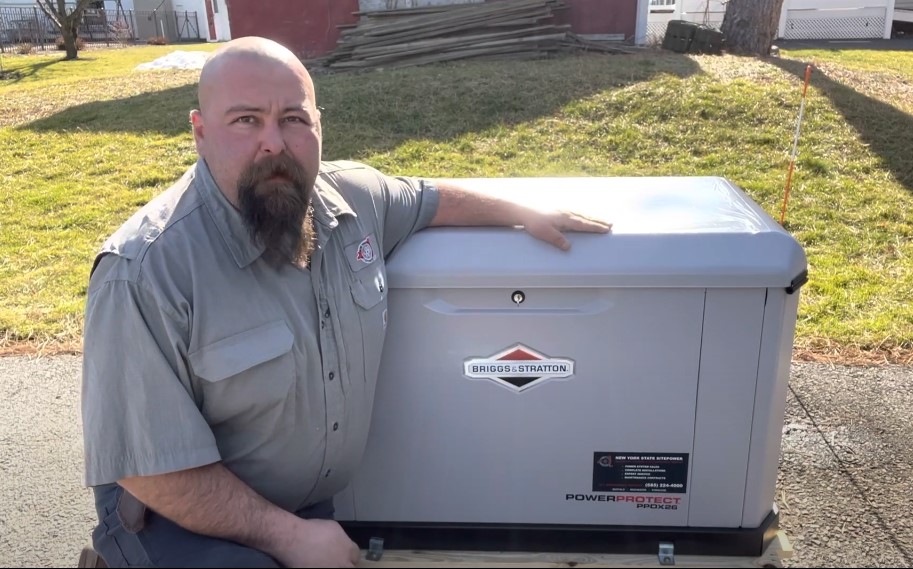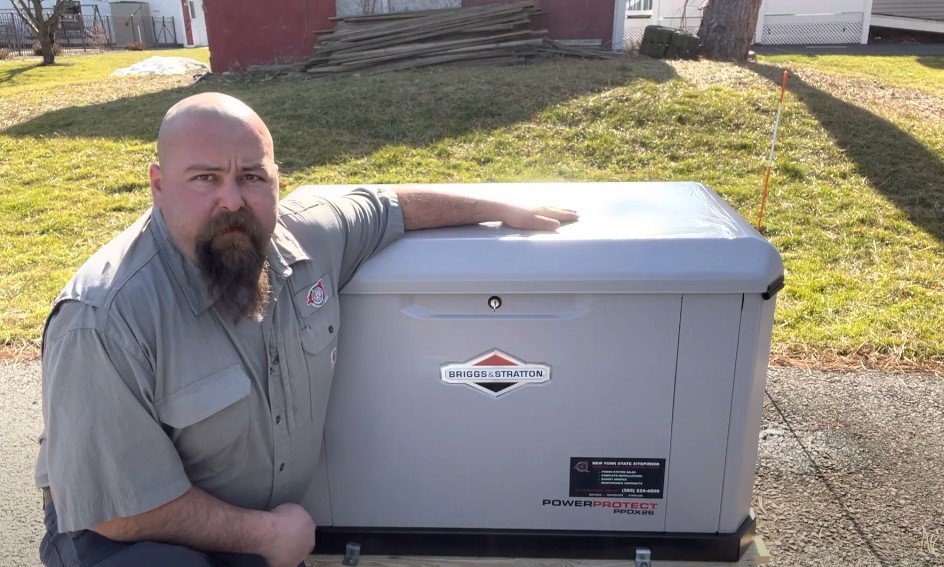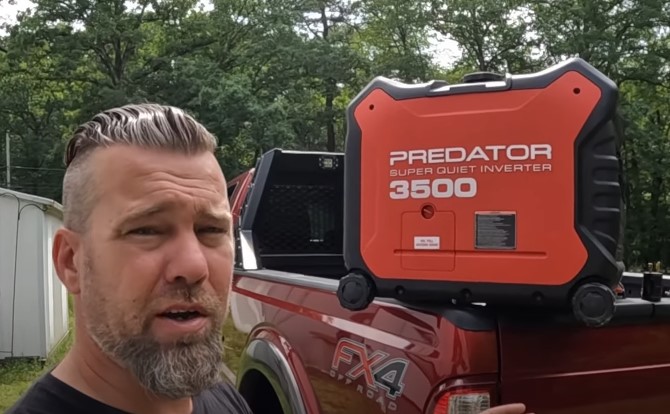Physical Address
304 North Cardinal St.
Dorchester Center, MA 02124
Physical Address
304 North Cardinal St.
Dorchester Center, MA 02124

Discover the 10 most common Briggs & Stratton Standby Generator Problems and how to fix them easily.
Whether it’s startup issues or maintenance challenges, this guide simplifies everything so you can keep your generator running smoothly.
Perfect for beginners, this article addresses common concerns with clear solutions to save you time and effort.
Briggs & Stratton standby generators can sometimes face issues like trouble starting, low power output, or strange noises during operation.
These problems are usually caused by maintenance delays, fuel issues, or worn-out parts.
Don’t worry most of these can be fixed quickly with basic troubleshooting and regular servicing. Stay proactive, and your generator will keep performing when you need it most!

One of the most frustrating problems is when your generator won’t start at all, either during a power outage or its weekly self-test.
You hear a click, or maybe nothing at all, but the engine doesn’t turn over.
Cause:
This issue most commonly points to a problem with the battery. A dead or weak battery is the number one reason a standby generator fails to start.
Over time, batteries lose their charge, especially if they are not maintained. Corroded terminals can also prevent the electrical current from reaching the starter motor.
Less common causes include a faulty starter motor or a loose electrical connection.
Fixes:
Read Also: 6 Common Predator 3500 Generator Problems (With Fixes)

You can hear the engine trying to start its cranks and cranks but it just won’t fire up and run.
This indicates that the starter is working, but another part of the ignition or fuel system is failing.
Cause:
The most frequent culprit here is a fuel-related issue.
The generator might be out of fuel (natural gas or propane), or there could be a blockage in the fuel line preventing it from reaching the engine.
Another common cause is a fouled spark plug that can’t create the necessary spark for ignition.
Fixes:
In this scenario, the generator successfully starts, runs for a few seconds or minutes, and then abruptly shuts down.
This is often a sign that a safety sensor is being triggered.
Cause:
Standby generators are equipped with multiple sensors to protect the engine. A common reason for a sudden shutdown is low oil pressure or high engine temperature.
The generator’s control panel detects an unsafe condition and shuts the engine off to prevent damage. An overloaded generator can also cause a shutdown.
Fixes:
Read Also: 6 Common Predator 6500 Generator Problems

When your generator is running, you might notice that the engine sounds uneven, sputters, or vibrates excessively.
This rough operation indicates that the engine is not running efficiently.
Cause:
An inconsistent fuel supply is a primary cause. This could be due to a clogged fuel filter, stale fuel (if it’s a model that uses stored fuel), or incorrect fuel pressure.
A dirty or failing spark plug can also lead to incomplete combustion, causing the engine to run rough.
Fixes:
The generator’s engine is running smoothly, but your house remains dark.
This means the engine is working, but the generator component (the part that creates electricity) is not functioning correctly.
Cause:
The most common cause is a tripped circuit breaker on the generator itself. This is a safety feature that protects the unit from overloads or short circuits.
Other potential causes include a faulty automatic transfer switch (ATS), a damaged alternator, or worn-out brushes within the generator.
Fixes:
Noticing a puddle of fluid under your generator is a clear sign of a leak that needs immediate attention.
Cause:
Oil leaks often come from a degraded gasket, a loose oil filter, or a cracked drain plug.
Fuel leaks are more dangerous and can originate from a cracked fuel line, a loose fitting, or a faulty fuel valve.
Fixes:
Briggs & Stratton standby generators are programmed to run a short self-test each week to ensure they are ready for an outage.
If you notice this test has stopped happening, it’s a signal that something is wrong.
Cause:
This could be due to a setting on the control panel being accidentally changed or a fault in the controller itself.
A dead battery can also prevent the weekly test from initiating.
Fixes:
Seeing smoke from the exhaust can be alarming. The color of the smoke can help diagnose the problem. White or light-gray smoke is a common sight.
Cause:
White smoke is typically caused by unburned fuel or condensation.
It can happen if the engine is running too rich (too much fuel, not enough air) or if there is water/condensation in the fuel or exhaust system.
Sometimes this occurs during cold starts and clears up as the engine warms.
Fixes:
Modern generators have sophisticated control panels that display fault codes to help with troubleshooting. A common one relates to the battery or charging system.
Cause:
This fault code indicates that the battery voltage is low or that the built-in battery charger is not working correctly.
The charger is supposed to keep the battery topped off so it’s ready at all times. The charger itself may have failed, or there could be a loose connection.
Fixes:
While no generator is silent, a sudden increase in noise or a new type of sound (like banging or clanking) is a sign of a problem.
Cause:
Mechanical issues are the most likely cause.
A loose mounting bolt could cause rattling, an internal engine part may be worn or broken, or the exhaust system could have a leak.
Fixes:
You should have your standby generator professionally serviced at least once a year. Regular maintenance includes changing the oil and filters, replacing the spark plugs, testing the battery, and ensuring all systems are functioning correctly.
Always use a high-quality synthetic oil specifically formulated for air-cooled engines. The exact weight (e.g., 5W-30) will depend on your climate. Refer to your owner’s manual for the specific recommendation for your model.
Standby generators are designed to be permanently connected to a large propane tank or a natural gas line. Using a small, portable tank is not recommended as it will run out very quickly and cannot provide the sustained fuel flow required.
This light is typically a simple hour-meter reminder. It turns on after a set number of run hours (e.g., 100 or 200) to remind you that it’s time for routine service, like an oil change. After performing the maintenance, you can reset the reminder through the control panel.
If you’ve tried the basic troubleshooting steps and the problem persists, or if you’re uncomfortable with the repair, it’s always safest to call a certified Briggs & Stratton service technician. They have the expertise and specialized tools to diagnose and fix complex issues correctly.